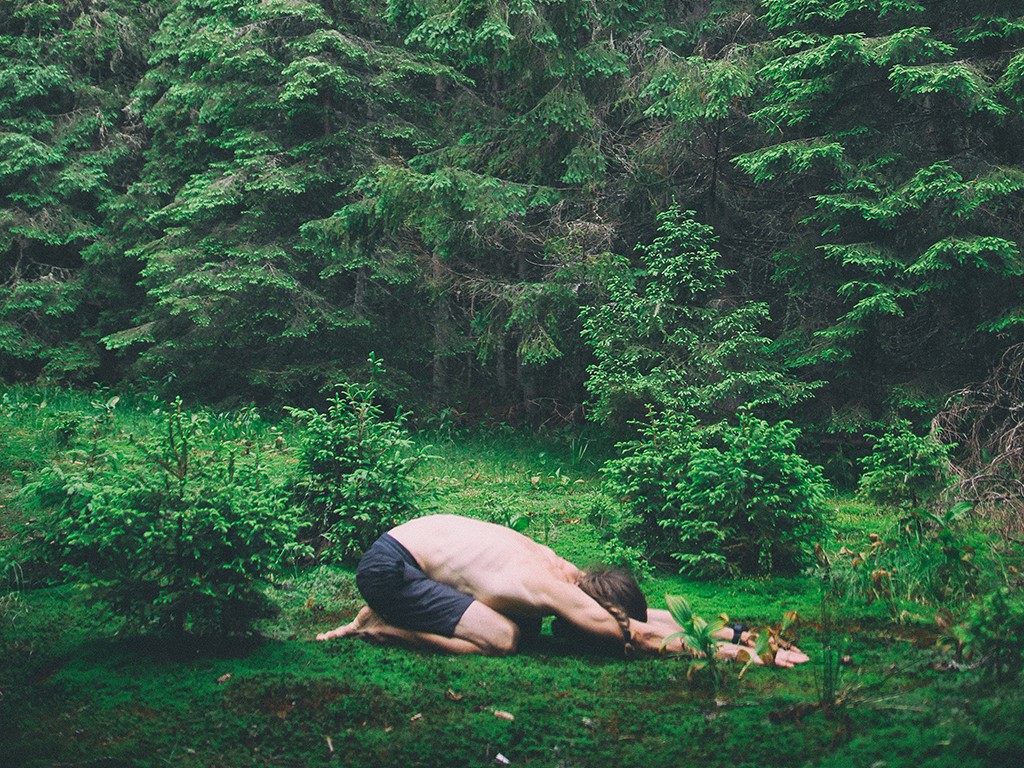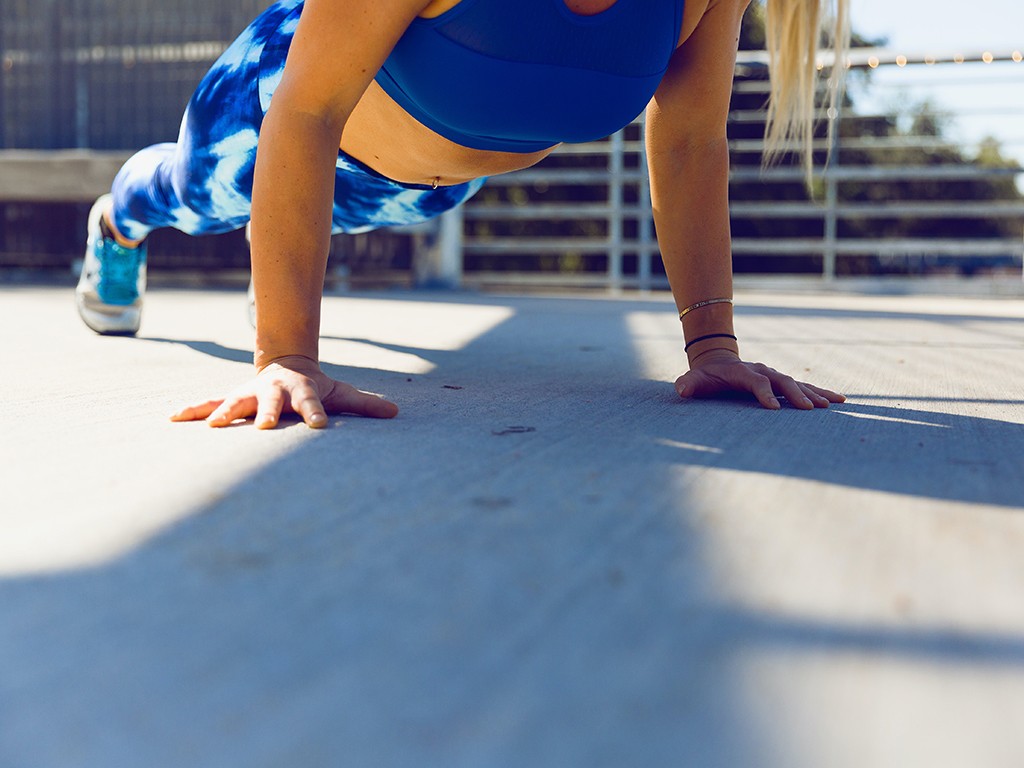
The Top 5 Yoga Poses for Stress Relief and Relaxation
Are you feeling stressed or overwhelmed by the demands of modern life? Yoga is an ancient practice that can help you manage stress and find inner peace. In this article, we’ll explore the top 5 yoga poses for stress relief and relaxation.
Introduction
Stress is a common problem in our fast-paced world. We are constantly bombarded with information and demands from work, family, and social obligations. Yoga is an effective tool for managing stress because it combines physical movement, deep breathing, and meditation. The following yoga poses can help you reduce stress and find relaxation.
The Science of Stress and Yoga
Before we dive into the top 5 yoga poses for stress relief, it’s worth understanding the science behind stress and how yoga can help. When we experience stress, our bodies release hormones such as cortisol and adrenaline, which activate the “fight or flight” response. This response can be helpful in short bursts, but chronic stress can lead to a host of physical and mental health problems, including anxiety, depression, and high blood pressure.
Yoga has been shown to reduce stress by lowering cortisol levels and activating the parasympathetic nervous system, which is responsible for the “rest and digest” response. Regular yoga practice has also been linked to improved mood, better sleep, and reduced symptoms of anxiety and depression.
Pose 1: Child’s Pose (Balasana)
Child’s Pose is a gentle yoga pose that can help you relax and release tension in your back, shoulders, and hips. To practice Child’s Pose, start on your hands and knees with your hands shoulder-width apart and your knees hip-width apart. Lower your hips back towards your heels and stretch your arms out in front of you. Rest your forehead on the mat and breathe deeply for several breaths.
Pose 2: Forward Fold (Uttanasana)
Forward Fold is a yoga pose that stretches the hamstrings and releases tension in the back and neck. To practice Forward Fold, stand with your feet hip-width apart and fold forward from your hips. Let your head hang towards the ground and grab onto your elbows if it feels comfortable. Breathe deeply for several breaths, feeling the stretch in your hamstrings and lower back.
Pose 3: Downward-Facing Dog (Adho Mukha Svanasana)
Downward-Facing Dog is a classic yoga pose that stretches the entire body and can help you find a sense of calm and relaxation. To practice Downward-Facing Dog, start on your hands and knees and lift your hips up towards the ceiling. Press your palms into the ground and stretch your heels towards the floor. Breathe deeply for several breaths, feeling the stretch in your hamstrings, calves, and back.
Pose 4: Legs Up the Wall (Viparita Karani)
Legs Up the Wall is a gentle yoga pose that can help you relax and reduce stress. To practice Legs Up the Wall, sit with one hip against a wall and swing your legs up the wall. Scoot your hips as close to the wall as feels comfortable and let your arms rest by your sides. Breathe deeply for several breaths, feeling the stretch in your hamstrings and the relaxation of your entire body.
Pose 5: Corpse Pose (Savasana)
Corpse Pose is a deeply relaxing yoga pose that can help you release tension and quiet your mind. To practice Corpse Pose, lie on your back with your arms by your sides and your legs slightly apart. Close your eyes and breathe deeply, feeling your body sink into the mat. Allow any thoughts or worries to drift away and focus on the sensation of your breath.
Conclusion
Incorporating these top 5 yoga poses for stress relief and relaxation into your daily routine can help you manage stress and find inner peace. Whether you practice yoga at home or in a studio, remember to breathe deeply and listen to your body. With regular practice, you can cultivate a sense of calm and relaxation that will benefit your physical and mental health.
FAQs
How often should I practice these yoga poses for stress relief?
Do I need to be flexible to practice yoga?
Can yoga help with anxiety and depression?
Can I practice yoga if I have physical limitations or injuries?
Can children practice yoga?





